Did you know that 1 in every 6 people in the US gets sick every year from a foodborne illness? That’s 42 million people!
Using disposable gloves in food preparation can stop illnesses from spreading. When used properly, they prevent cross-contamination and restrict the spread of bacteria.
But there is more than one type of glove available that can keep you and others safe. People commonly use three types of gloves in food preparation: latex, vinyl, or nitrile.
Which gloves should you choose for your professional food services? That depends on what sort of food preparation work is involved.
In this brief guide, we’ll discuss the pros and cons of each type of glove, as well as which tasks they suit. Then you can choose the best products for your specific business needs. Read on to learn more.
What Protection Do You Need?
It’s important to know what features you’re looking for before you choose a type of disposable glove.
If your staff will be handling knives or other sharp utensils, you’ll want sturdy gloves. No disposable glove is truly knife-resistant. But a thicker glove provides more protection from blades.
But if your team is involved in any delicate food preparation, you’ll want tactile gloves. That it, ones that feel like a second skin. That way, they can go about food preparation as smoothly as they would without gloves.
If a lot of washing up happens in your facility, heat protection is also a consideration. That allows workers to wash dishes at high temperatures to keep things sanitary.
The final consideration is how often gloves need to be changed. If each person only needs one pair per day, you can invest in slightly sturdier gloves. But if they get replaced regularly as people change the food they handle, it may be better to err on the cheaper side.
Now that you know what to look for, here’s how each glove stacks up.
Latex Gloves
Latex gloves are the most common type of disposable gloves in food preparation. They are a well-rounded and affordable option that works in most situations.
First of all, disposable latex gloves offer a good grip. The nature of the material is very tactile, making it easy to handle food normally.
They are also a very thin option. This leaves workers with a good amount of dexterity to prepare food as they would without gloves. Despite this, they offer a good protective barrier against bacteria and other contaminants.
Obviously, as thin gloves, they aren’t designed to be cut-resistant. If working with sharp blades, these might not be the best option. They offer little to no knife protection.
However, this can be a positive. If a glove has a minuscule hole in it, the wearer may not notice. They could then contaminate themselves and others.
But once a latex glove breaks, it tears. That means no damage will go unnoticed and pose a threat. Rather, if the glove does get a nick in the material, the user will notice it straight away and be able to replace them.
Overall, latex gloves offer good protection when preparing food. And as they’re thin, they’re not expensive.
Vinyl Gloves
Disposable vinyl gloves are latex’s cheaper, simpler cousin. They are great everyday gloves for the simplest of food preparation tasks. They offer a basic but effective sanitary layer between people and food.
As they’re even thinner than latex, they offer even less protection from blades. They are not known for being durable.
But they are still suited to many tasks. They provide enough protection to handle cooked and raw food safely. And as they’re the cheapest option, you can afford for people to safely replace their gloves between handling these two food groups.
On top of this, vinyl gloves have a particular strength. They are the most heat-resistant of the three options.
This may seem counterintuitive, as they’re the thinnest type of glove. But they offer more protection from hot water than either latex or nitrile.
Finally, disposable vinyl gloves are hypoallergenic. Whereas some have a bad reaction to latex, vinyl gloves are suited to just about everyone.
Nitrile Gloves
Like vinyl gloves, nitrile is also hypoallergenic as they’re latex free. But nitrile gloves are typically the most expensive of the three options. So who should work with nitrile gloves when cooking?
Nitrile is expensive because it’s thick. That means they are durable.
In fact, nitrile is so durable that it’s commonly used in the automotive and chemical industries. The gloves are resistant to oil, acid, and several chemicals.
That may sound like overkill for a cooking glove. But this durability translates to more blade protection than either latex or vinyl.
Despite their thickness, they’re still designed with dexterity and tactility in mind. Many gloves have specially textured grips on the fingers and palms.
Plus, they come in a variety of thicknesses.
The thickest nitrile gloves may be unnecessary for food preparation. But thinner varieties still offer similar benefits. And the thinner the glove, the less it costs.
The only real negative to note is their lack of heat resistance. While they’re superbly grippy, they’re not designed to handle hot water like a simple vinyl glove. And as explained, they are definitely the most expensive option.
But for staff handling knives all day, who don’t need to change their gloves regularly, they’re a good investment.
The Most Reliable Disposable Gloves
Whichever disposable gloves you’ve determined you need, we know the best place to buy them. At LifeMedz, we offer a wide variety of gloves in each of these three categories. Even within the three types, we offer various thicknesses to suit your exact needs.
Still undecided? We can help you out. Get in touch with one of our team today. Tell us about your business, and we can direct you toward the best option for you.

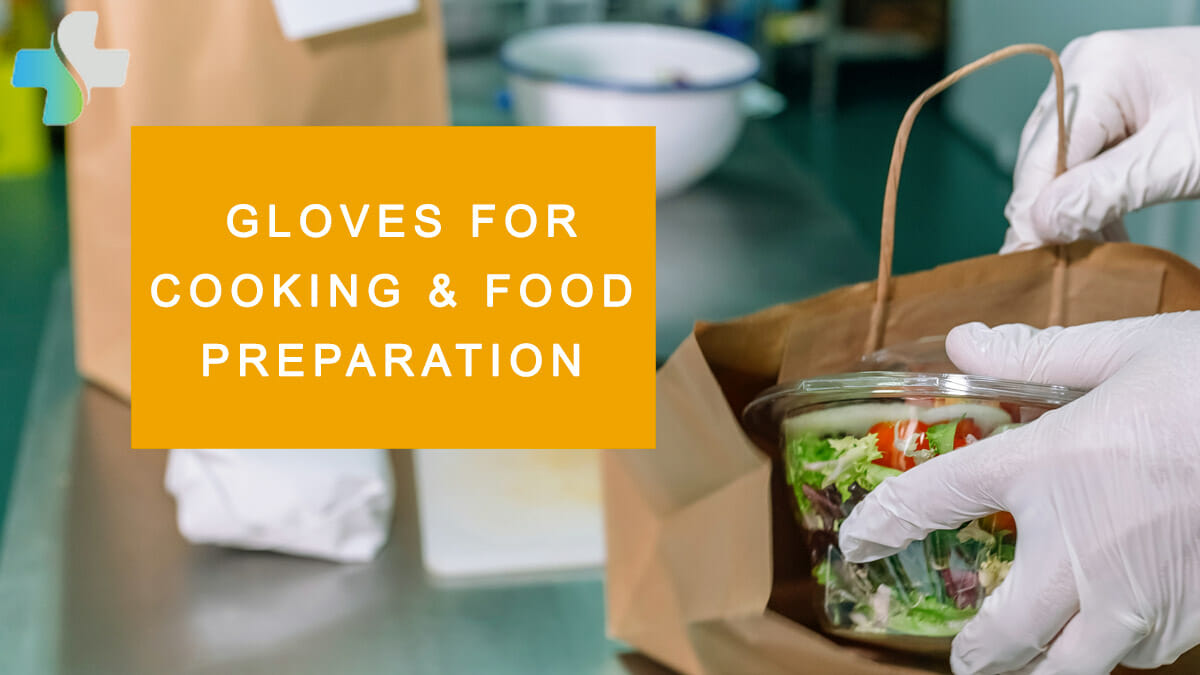




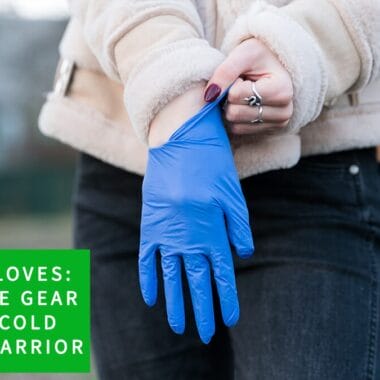
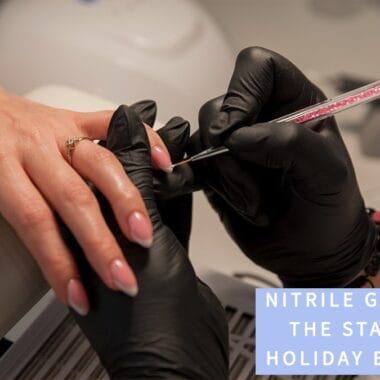



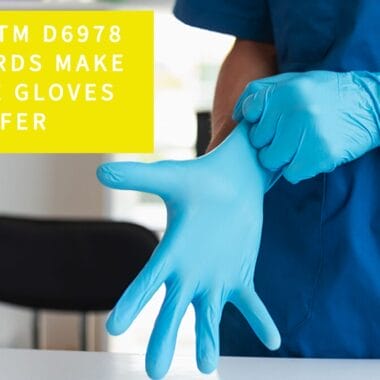

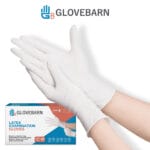



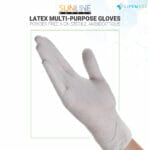

Comments are closed.